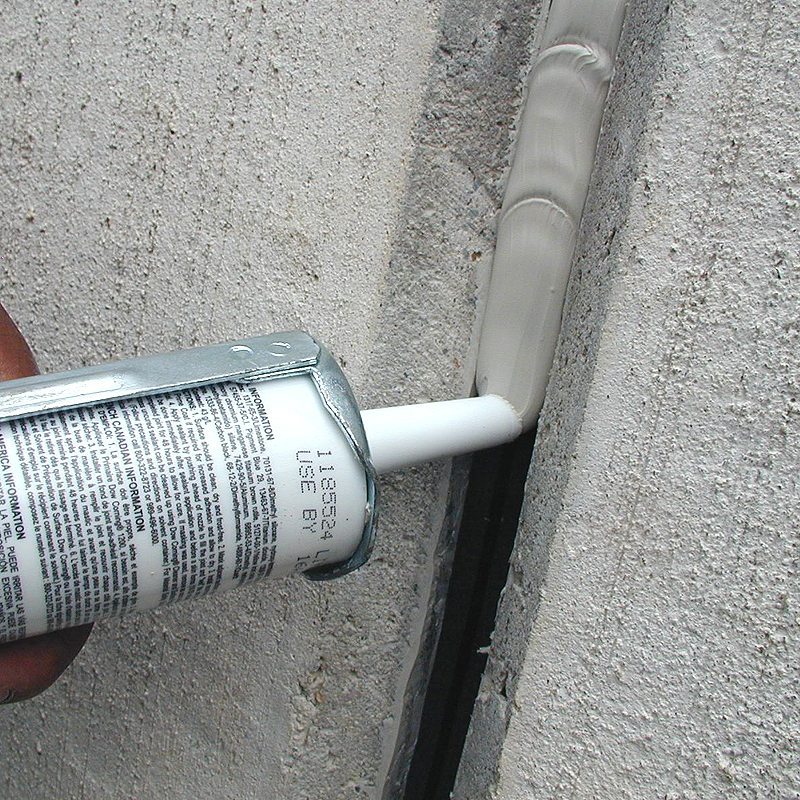
Many of the issues I found in my own home may be shared by her project. I described my home in detail because it, too, was an old lath and plaster uninsulated structure which, aside from being clad in wood instead of brick, is similar to Susan's structure. If the barrier is compromised, like mine was, then there is a great likelihood that water is attacking the structure So, short of removing all the brick on the structure, it seems to me, the most prudent approach would be to do whatever I can to prevent water infiltration.
.png)

And I know of no way that you can determine with absolute assurance that that this “barrier” is in good condition everywhere. Knowing what I know now, if I could go back and do it all over again, I would approach almost everything differently (but of course, you can't do that.").īut using closed cell foam insulation, cellulose insulation, or any insulation you choose doesn’t consider the condition of the building paper, rosin paper or tar paper applied over the sheathing of your structure which is supposed to function as a water and air barrier. Add to that its superior R-Value (aged 6.2), and you end up with a much more energy efficient assembly. It is impervious to moisture and vapor and absolutely takes air infiltration out of the equation. I believe that closed cell polyurethane insulation is the best insulation that can be used in our homes. We all know that tightening up the building envelope is the first and most important task in making our structures more energy efficient. So how does this apply to you? Your structure has probably relied on heat inside the building to drive moisture through the structure, drying/driving out moisture in the process. Inside the formerly empty cavities, in portions of the house I gutted later during various remodeling projects over the years, I found a very heavy paper nailed to the studs next to the sheathing, something the original builder probably figured would cut down on air infiltration. So what did I find along the way? Well, I found building paper (something I’d describe as being something like rosin paper) in very poor condition and some rotten ¾” x 6” T&G sheathing here and there. The siding, after 80 years, was in terrible shape, and being a purist of sorts, stripped the siding, blew in cellulose in the walls that were un-insulated, added additional insulation into the attic, and installed new cedar ½” x 6 cedar siding. Only the north and west walls were insulated, with cellulose, by the prior owners. I bought an 1898 farm house in Wisconsin in 1978. Hopefully the brick will have enough air circulation to prevent freeze damage. I think the dense pack, cellulose will at least allow some multi-directional migration of vapor and moisture. I have seen "Nansulate" paint pull multiple layers of paint right off the plaster from moisture trapped inside the wall. Sealing the exterior surface of brick really scares me.I have witnessed spalling from brick walls that were painted. I do not trust a lot of "products" until time has tested the material and the "system" that it supports to be safe. We are all just guessing what might be the best solutions for reducing energy consumption with older homes. I have had to looked at Canadian Gov data to find some satisfaction.but still not enough is out there. I follow a couple of trade journals which have until recently been resistant to "trading in the SUV" in construction. What I am stymied about is the lack of hard technical solutions for "green" rehab. That is something that has to be repeated every two to three years.Īs a builder for 25 years I am aware of the typical wall cross-section. There isn't much you can do about existing brick veneer, but if you were greatly concerned, you could spray siloxane or a similar product on the wall to prevent water infiltration. Some older homes have weeps, many don't, and mortar net (which provides a conduit for moisture to travel to the weeps and a conduit for air to "wash" the cavity) wasn't available back then. It is preferred to have a 1" airspace behind brick, with weeps that allow air in to dry the cavity behind the brick. There are now minimally expanding foams available for injecting through holes for retrofit projects, but this is relatively new and I don't have any data or feedback on how that product is performing. Do you intend to remove the old lath and plaster and either spray foam, dense pack cellulose, or a Blown-In-Blanket system, or do you want to drill holes and blow in insulation through the holes? If it is the former, my preference is always foam but it does cost more.
